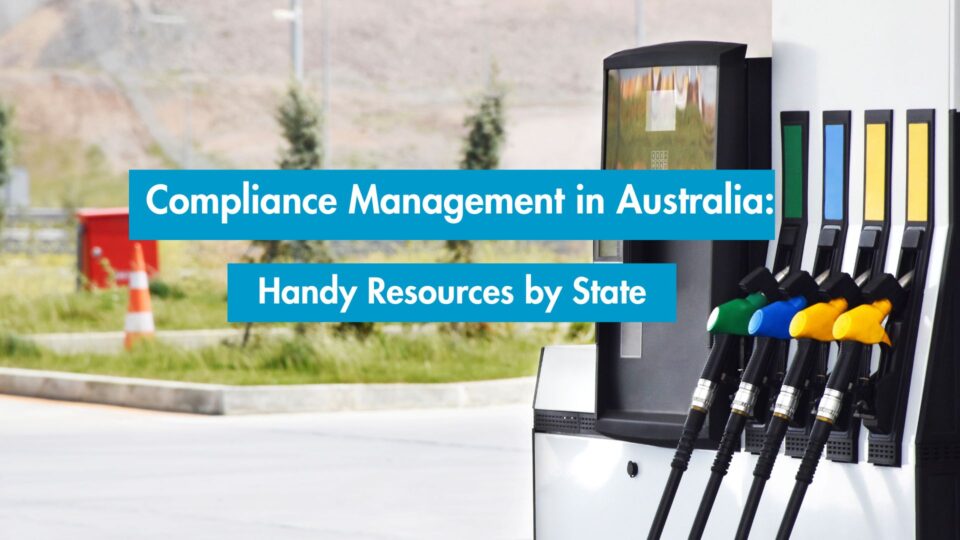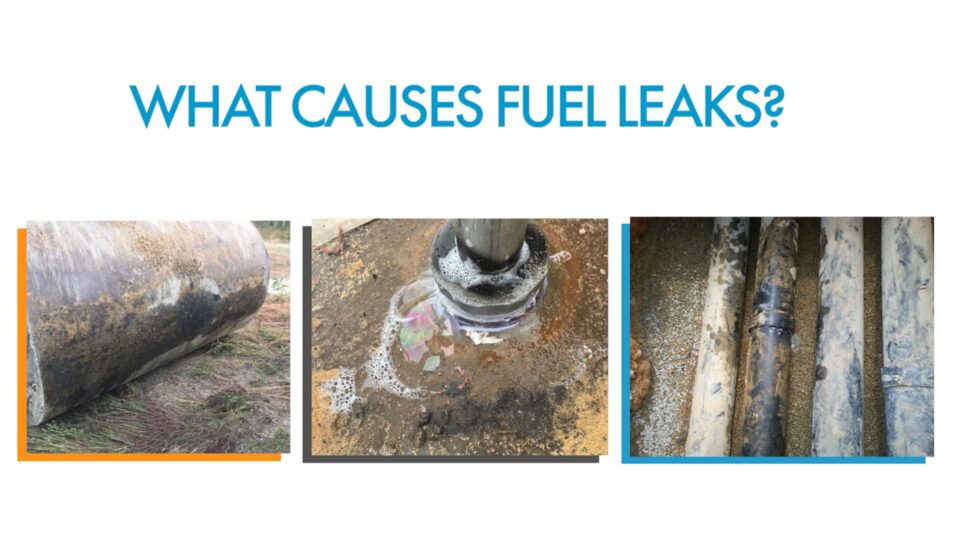- 23.02.2022
- iHUB
An Ounce of Prevention is Worth a Pound of Cure
Articles
An Ounce of Prevention is Worth a Pound of Cure
By Clay Moore, Senior Director of Product at Leighton O’Brien
Gone are the days where the only way to measure the fuel level in an underground storage tank (UST) was to insert a long stick into it, “read” the height of the fuel and then consult a tank-strapping chart to extrapolate how much more fuel the UST can accommodate or how long it may be until the fuel runs out.

Thankfully, there’s been some noteworthy mechanical and digital advancements in automated tank gauging (ATG) and fuel monitoring since the days of tank sticking.
But the data these next-level systems are able to gather and monitor is still disjointed and largely reactive, with each monitoring component its own little ecosystem with no universal connectivity.
The next evolutionary step of site monitoring is a system that can not only pull information from an ATG, but collate, centralise and interpret that data on a minute-by-minute basis and intuitively recognise points of failure before an actual failure can occur.
These systems would also parse this breadth of operational data across compliance, alarms, wetstock and fuel inventory, and then proactively suggest ways it could be used to, for instance, identify the best day or time to order more fuel, improve nozzle flow before customers complain, or be alerted to a fuel system component that may be close to breaking down or becoming out of compliance.
At a typical forecourt fueling site, there are three significant pressure points – Fuel Inventory, Compliance and Maintenance – that must be monitored constantly.
Any slippage in performance in these areas will put the site at risk of incurring excessive downtime, operational disruptions, out-of-compliance fines or even, in the worst-case scenario, a complete site shutdown.
Pressure Point No. 1: Fuel Inventory
A forecourt that consistently runs out of fuel won’t be in business for very long. Given ever changing demand and supply conditions, site operators need to have complete visibility into the fuel level in every UST at all times of the day. Often, however, fuel retailers are at the mercy of their carriers, who will schedule deliveries that will make them profitable, not necessarily the site owner. Which is why ‘stuffing the tank’ or runouts are not uncommon.
Another piece of the inventory puzzle is fuel reconciliation. When a delivery occurs, the operator must be confident that the amount of fuel that finds its way into the UST is the amount that was actually ordered since everyone wants to get what they pay for. Traditionally, the only way to confirm the delivery amount was trusting a potential erroneous ATG reading and matching it against the BOL, or allowing a threshold of variance per delivery.
Pressure Point No. 2: Compliance
Staying in compliance is both an imperative and a headache for retail fueling sites.
Storing and tracking testing, permits, certifications and inspection information and staying up to date on any changes in requirements is time-consuming, but there are dire consequences if a fueling site falls out of compliance.
To stay in compliance, site operators must identify the cause and effect when an out-of-compliance condition occurs. To do this, they must have an almost supernatural ability to find an issue before it becomes a problem. For example, when frequent outages occur, it often causes air to get into the fuel supply lines, which in effect will put the system out of compliance and create other maintenance costs.
Pressure Point No. 3: Maintenance
Industry-wide labor shortages – including maintenance departments – continue to plague fuel retailers. So, when a line-leak alarm is sounded, how can the site operator know when, or even if, a service tech is available to come out and inspect it?
Additionally, by their very nature, maintenance routines can be inefficient. After a call is made to the service provider to schedule a site visit the technician must travel to the location and troubleshoot the situation, identifying the best way to fix the problem, which can be problematic if they don’t know the root cause.
The most efficient and profitable retail fueling sites are those that create a symbiotic relationship between the Fuel Inventory, Compliance and Maintenance areas of their operations.
This can only be possible, however, if these three departments have the right data and tools at their disposal to proactively determine an issue long before it affects the customer.
Bringing It All Together: A Unified View
The next evolution of fuel management solutions can collect, centralise and analyse fuel sites data via a single access point, putting actionable operational insights at the fingertips of the user.

Utilizing the power of artificial intelligence (AI) and advanced data analytics, these solutions enable operators to gain a full picture of real events and fuel losses at site that pose an efficiency, business or compliance risk, with notifications and workflows to manage each issue to resolution.
Instead of logging into multiple systems, the latest software solutions enable fuel managers to truly manage by exception on a single platform, remotely diagnose key issues and automate traditionally repetitive tasks such as relying on site staff to enter daily variance totals on a spreadsheet, calling sites for inventory levels to order fuel, or running manual weekly reports to review ATG alarms.
Easy to connect and deploy, these tools performs two previously unattainable tasks when it comes to optimised fuel-site management:
1) it gives its users fingertip access to all key points of Fuel Inventory, Compliance, Alarm and Wetstock data on one platform, and
2) it takes advantage of next-generation AI algorithms and machine learning to compile and analyze historical operational trends in order to create a proactive system and workflows that alerts site operators to an issue before it becomes a costly problem.
So, while technology will undoubtedly continue to evolve, today’s smart fuel retailers are shifting from a reactive to proactive mindset, armed with the tools to run a more efficient, compliant and profitable fueling operation.
Ready to learn more?
iHUB is Leighton O’Brien’s fuel management platform that collects, centralises and analyses existing data to drive major efficiencies across environmental compliance, inventory management, replenishment and wetstock activities – All in one unified system.
If you’d like to learn more about it or schedule a demo, please get in touch with us.
About the Author
Clay Moore is Senior Director of Product for Leighton O’Brien and can be reached at claymoore@leightonobrien.com.







